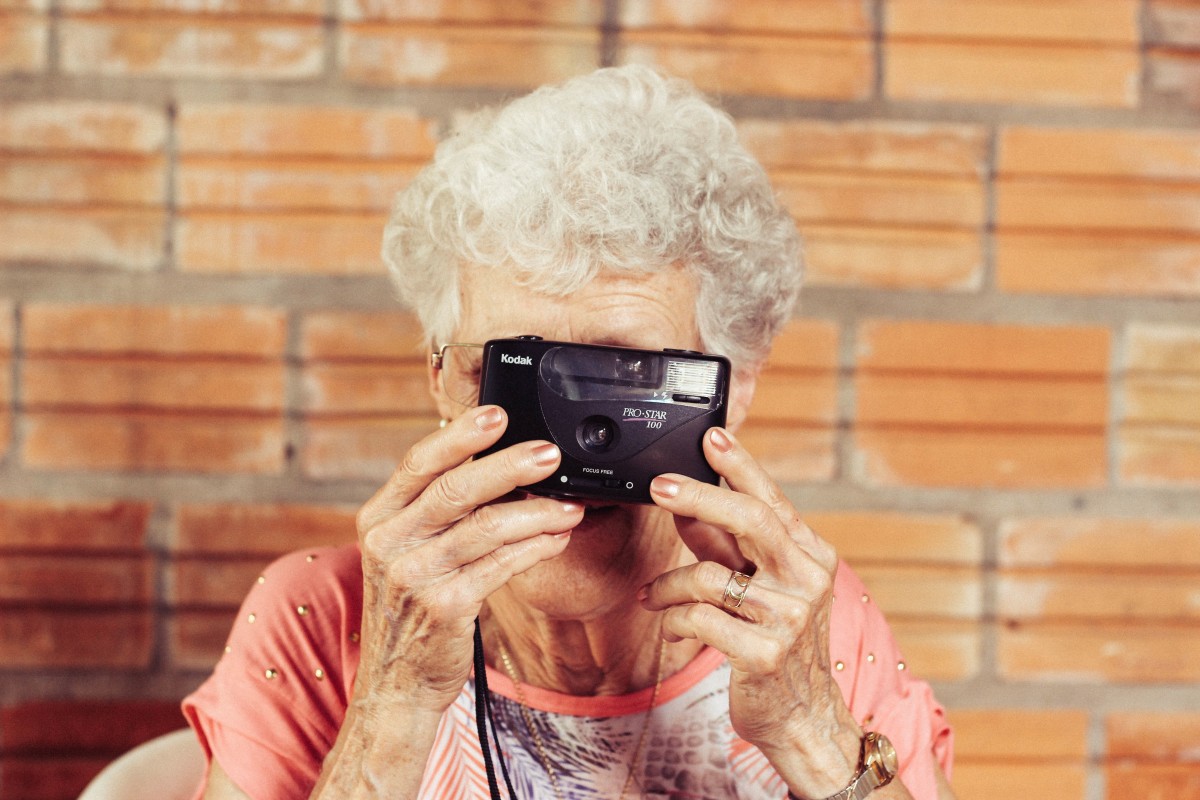From this week’s reading, Looking at Photographs by Victor Burgin, I got out two major ideas concerning the relationship between people and photography.
Firstly, there was a clear emphasis on the significance of subject and subjectivity. There is a lot of distinguishing between the ‘other’ and the ‘self,’ between the subjects being represented and the viewing subject. Secondly, there were many mentions in the text of how there is a ‘visual language’ in photography and imagery, a sense of there being a semiotic nature to it full of language and symbols.
My interpretation of the reading has led me to understand that these two factors are intertwined and interdependent.
The reading explored how, at a certain age, infants become self-aware; they are able to recognise themselves as a self in the mirror, and can distinguish separate beings as others. This is a trait believed to be unique to humans, and also elephants and dolphins. A product of this self-awareness is, as Burgin argues, the ability to reject reality and indulge the imagination; this becomes significant in the semiotic nature of photography.
This self-awareness gives way to encoding and decoding visual cues based on individual subjectivity. When someone observes a photograph in an album or a gallery, they view or recognise the subjects based on their own experiences and understandings that are unique to them only.
How this connects to the semiotic visual language of photography is that the human mind understands photography on a subjective level, and additionally on a unanimously cognitive level. For instance, Burgin summarised that the reason why composition is important and aesthetically pleasing is because it lets the viewer ‘prolong their imaginary command of the point of view.’
Essentially, on a cognitive level, the rules of composition in photography allow the human mind to become more invested in the subject and reject their reality for the sake of the representation. This is the same for all humans; we unanimously receive and decode representations using the same cognitive formula that is recognised in photographic and cinematic composition.
On a subjective level, our experiences, made more unique due to our self-awareness, shape how we experience the world and absorb visual language, and influence how our imagination runs and shapes our ‘frame of mind’ in which photography is remembered.
The visual language of photography is, as I understand it, a complex intertwining of the cognitive and psychological aspects of the human mind. Our ‘point of view’ or ‘frame of mind’ is a melded combination of how human reception of visual cues occurs and how our self-aware natures allow us to reject reality and substitute our own imagination, whether we are the author of a text or a receiver.




